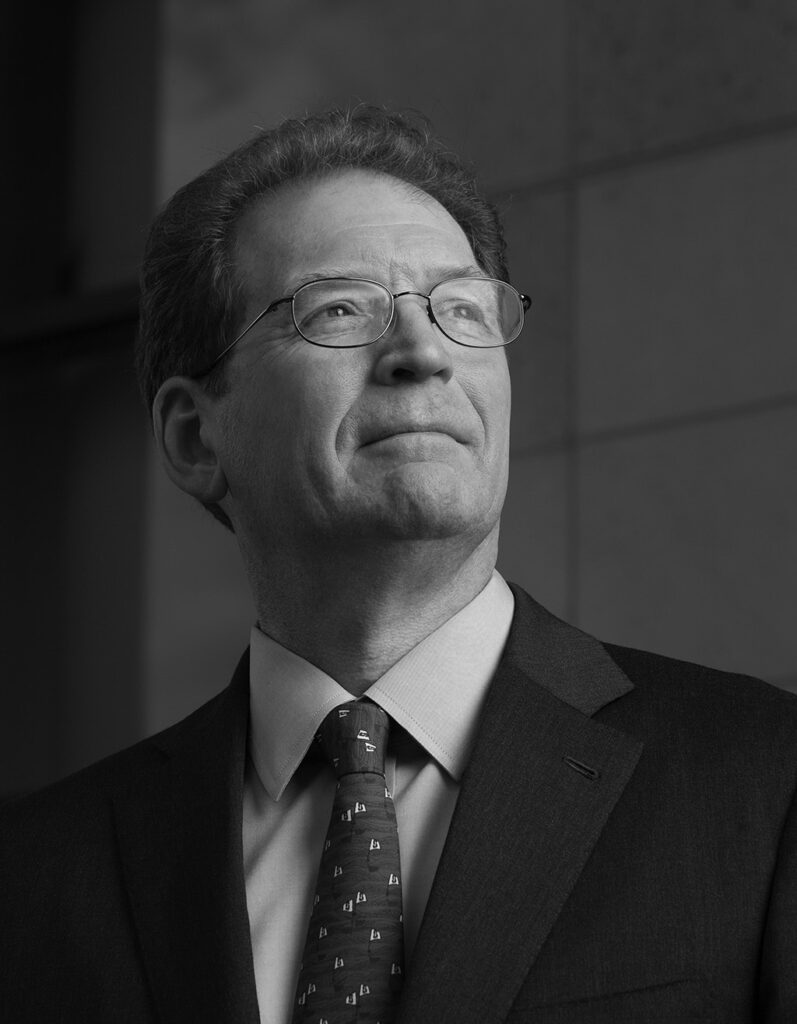Unraveling molecular mysteries
A steadfast commitment to fundamental science has pushed Stanford Medicine research beyond what we could have imagined
Letter from the Dean
Fundamental research is, fundamentally, an act of exploration. It is the pursuit of knowledge in its purest form — an endeavor to unravel the biological mysteries of our world and shed light on the building blocks of life.
Driven by a desire to expand humanity’s knowledge, Stanford Medicine’s basic scientists have produced some of the most transformational biological breakthroughs of the past seven decades.

The origins of this success trace back to the School of Medicine’s migration from San Francisco to The Farm in 1959. The 35-mile journey to Palo Alto has pushed us further than we could have imagined, propelled by the interdisciplinary collaborations that have flourished between the School of Medicine and schools across the university.
The effort to enhance and deepen our research involved more than relocation, however. Stanford recruited world-class scientists to its new campus, including Nobel laureates Arthur Kornberg, MD, and Joshua Lederberg, PhD. Dr. Kornberg was recognized in 1959 for his discovery of DNA polymerase, an enzyme essential for DNA replication, while Dr. Lederberg was honored in 1958 for his work focused on genetic recombination and the organization of the genetic material of bacteria.
The legacies of Dr. Kornberg and Dr. Lederberg and countless other groundbreaking researchers from the annals of Stanford’s history live on today. Stanford’s School of Medicine has seven Nobel laureates on its faculty and legions of researchers defining the future of biomedicine through their discoveries. Perhaps most telling about the quality of Stanford’s fundamental research is that our school consistently has the highest National Institutes of Health funding per faculty ratio in the country.
Indeed, Stanford’s basic scientists have made extraordinary contributions to biomedicine. Their hard-earned discoveries often open whole new fields of study. And with every advance, they forge new pathways for future discoveries.
Consider Stanford professor Brian Kobilka, MD, who received the Nobel Prize in 2012 for his studies of G-protein-coupled receptors — a critical target for over a third of approved drugs, including morphine and other painkillers. Building on this groundbreaking work, Dr. Kobilka had a lead role in discovering a novel compound that may be as effective as morphine for pain relief while causing less respiratory suppression, an adverse side effect that contributes to 30,000 overdose deaths in the United States annually.
This is the potential of basic science, and more promising work is on the horizon. Among many other extraordinary examples, last fall, Stanford neurologist Michelle Monje, MD, PhD, received a MacArthur Fellowship, commonly known as a genius grant, for her pioneering work in the emerging field of cancer neuroscience. Her research has deepened our understanding of how the brain’s glial cells support neurons and how cancers attack them.
As Stanford’s legacy of scientific discovery has demonstrated, basic research is continually evolving. In the process, it changes not only how we see the world around us but also how we live in it.
I’m proud that this latest issue of Stanford Medicine magazine celebrates fundamental research and explores the golden age of discovery that we find ourselves in today.
I believe we will look back on this time with immense appreciation for the limitless curiosity of our basic science trailblazers for decades to come. I look forward to seeing how their pursuit of knowledge will generate new discoveries — and fundamentally change our understanding of life as we know it.
Sincerely,
Lloyd Minor, MD
Carl and Elizabeth Naumann Dean of the School of Medicine
Professor of Otolaryngology-Head & Neck Surgery
